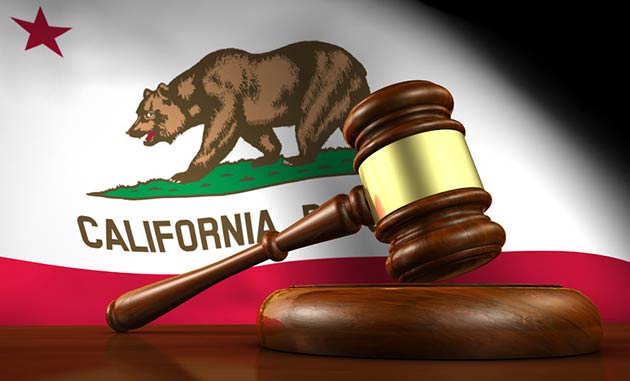California seeks unilateral HFC controls
8th February 2018USA: California will move ahead with regulations to reduce emissions of HFC refrigerants despite the US Court of Appeals decision to overturn an EPA rule to restrict their use.
California Senator Ricardo Lara introduced the California Cooling Act (Senate Bill 1013) today with the intention to enact legislation that restricts the use of high global warming potential compounds used in refrigerators, chillers, and air conditioning units and that develops an incentive programme to speed the their replacement with lower GWP alternatives.

Senator Lara authored the Super Pollutant Reduction Act (Senate Bill 1383) in 2016, which committed California to reduce HFC emissions by 40% by 2030.
Recognising that the State was not alone in the fight, Senator Lara said: “American businesses are ready to roll up their sleeves to meet our clean air goals, and we can’t be held hostage to global polluters and lack of action by the Trump Administration. The California Cooling Act supports companies as they develop alternatives to these dangerous super-pollutants and keeps California in the lead on cleaner air.”
Green groups, the Environmental Investigation Agency (EIA) and North American Sustainable Refrigeration Council (NASRC) applauded the proposal.
“California’s 2030 emission reduction targets require measures that go well beyond the existing federal framework,” said Christina Starr, EIA climate policy analyst. “By pairing additional regulations with an incentive programme, this bill provides both the carrot and the stick needed to rapidly reduce HFC emissions and serves as a potential blueprint for other states to follow.”
“The world recently agreed to a global phase-down of HFCs, but the US market has lagged behind Europe and other regions in adopting alternative technologies,” said Avipsa Mahapatra, EIA Climate Campaign Lead. “Implemented at the proper scale in a major state like California, these measures can help shift the entire US cooling market and in doing so support the Kigali Amendment.”
NASRC executive director Danielle Wright said it was critical for low-GWP regulations to go hand-in-hand with incentives. “Equipment and technologies using low-GWP refrigerants still face many barriers. This incentive programme could act as a catalyst to drive dramatic market transformation not just in California but across the nation.”
Hearings on the bill will be scheduled beginning in late March or early April.
Related stories:
Lawyer denies EPA case will hamper Kigali – 25 October 2017
USA: The attorney representing Mexichem in its successful legal challenge to EPA limits on the use of HFC refrigerants has denied that it will hamper ratification of the Kigali Amendment. Read more…
NRDC joins HFC ruling appeal – 23 September 2017
USA: A US environmental group has joined with refrigerant manufacturers Honeywell and Chemours in seeking a rehearing of the US Court decision overturning EPA bans on HFCs. Read more…
Chemours and Honeywell appeal HFC ruling – 22 September 2017
USA: Chemours and Honeywell have filed a petition appealing the recent US court decision overturning EPA restrictions on HFC refrigerants. Read more…
Delayed HFC bans to become law – 2 July 2015
USA: With new US HFC refrigerant bans about to become law, industry pressure has delayed measures which could have banned R134a and R404A from the end of this year. Read more…
Industry and greens welcome EPA bans – 3 July 2015
USA: Refrigerant producers, refrigeration equipment manufacturers and green groups have welcomed the US EPA’s usage bans on high GWP HFCs. Read more…
US on path to ratify Kigali – 24 November 2017
USA: The USA seems likely to eventually back a global HFC phase down by ratifying the Kigali Amendment. Read more…








